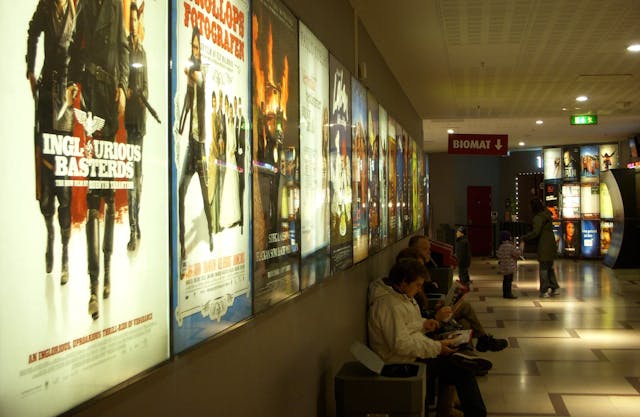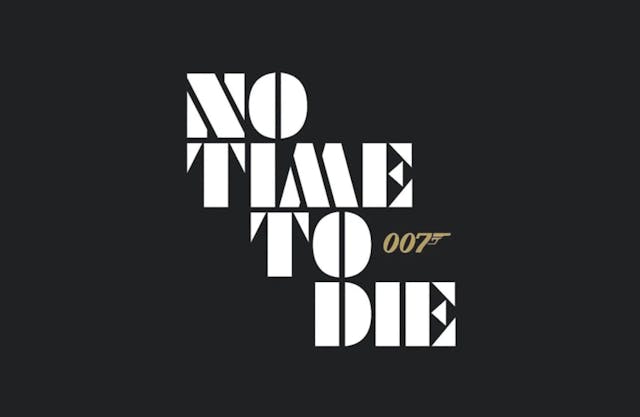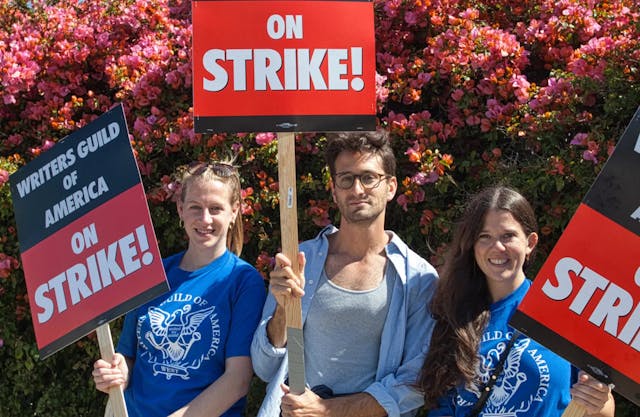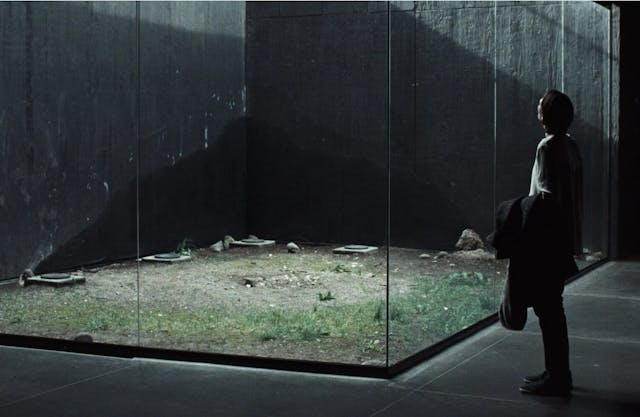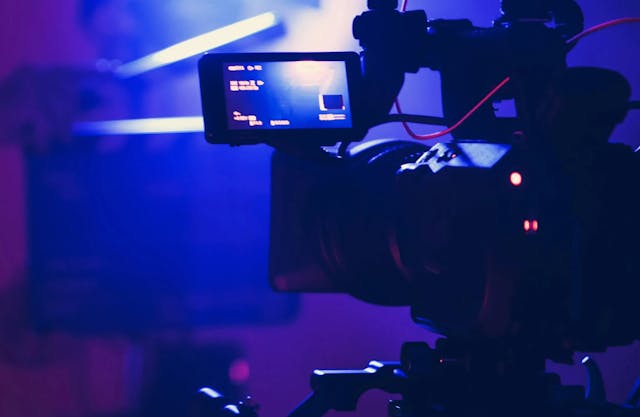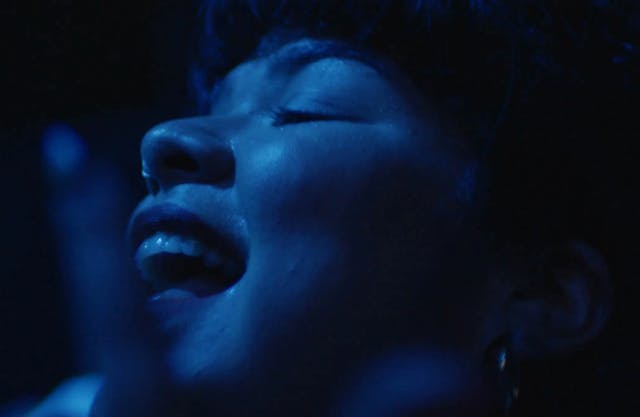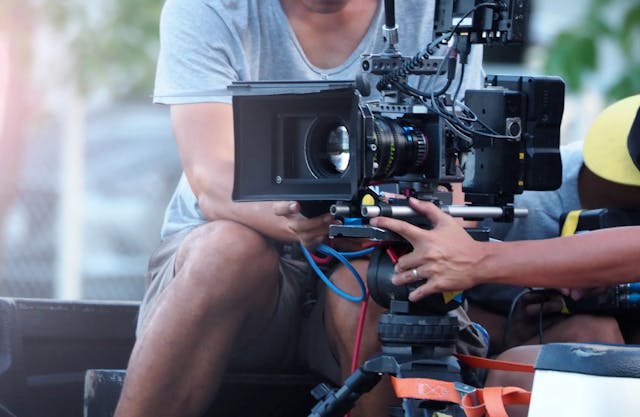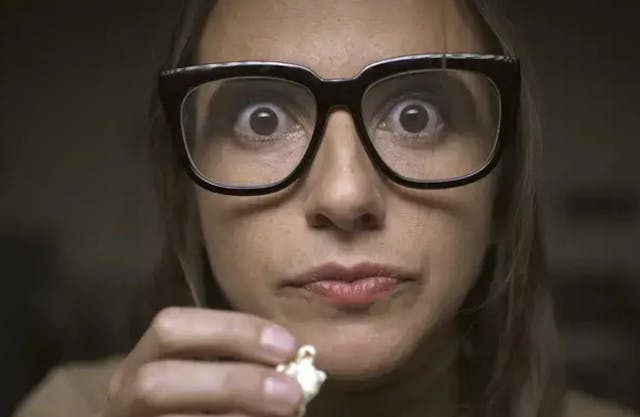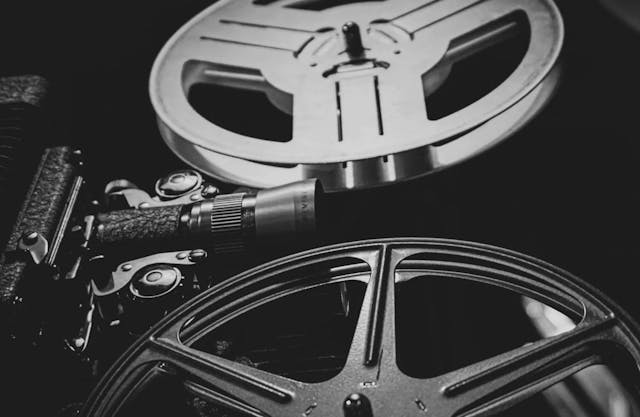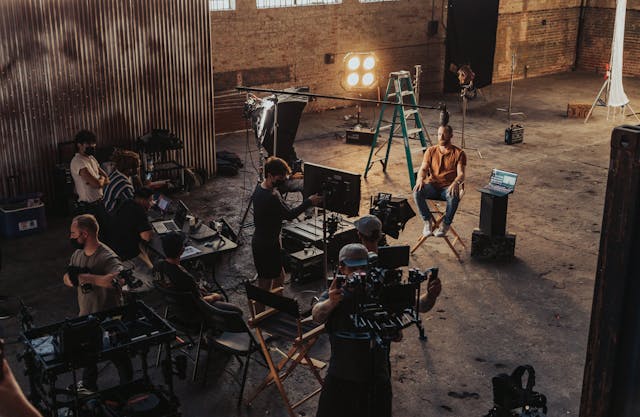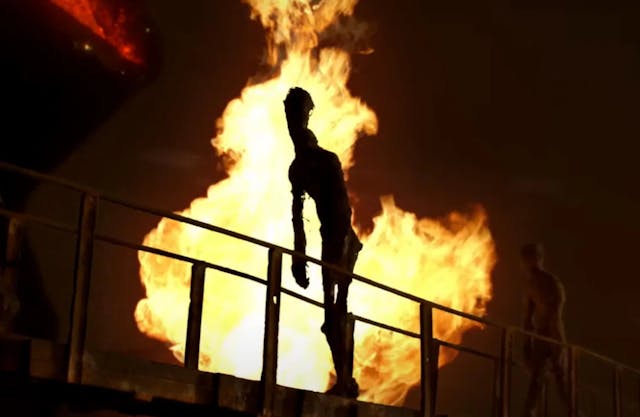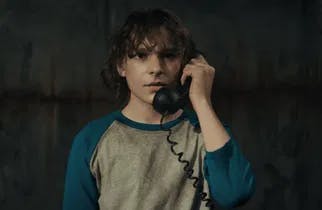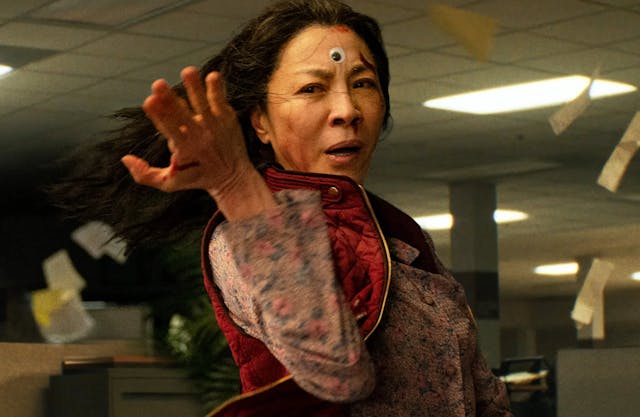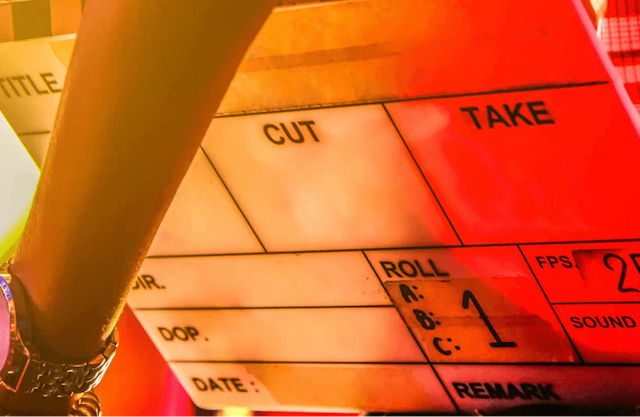Big Screen Bust: Is Theatrical Distribution and Film Production In Danger?
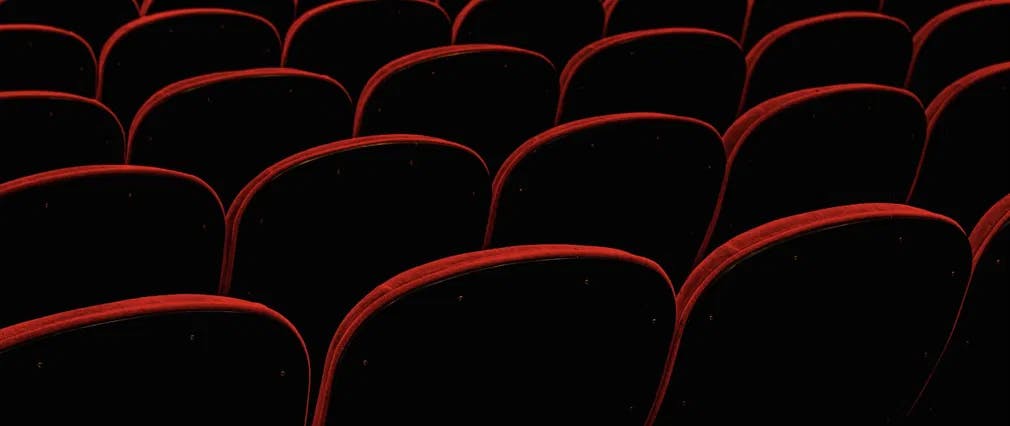
Cinemacon, the official convention of The National Association of Theater Owners, celebrated its 10th anniversary in a state of dread. Instead of the latest developments in projection or audience comforts, the biggest news out of the event was a panel discussion on the future of cinema and film production. Filmmaker Patty Jenkins, helmer of Wonder Woman 1984, shared the stage with several high-level executives. She decried the state of affairs. “I make movies for the big screen,” said Jenkins. “I love the theatrical experience, and I don’t understand why we are talking about throwing it away for 700 streaming services…”.
A Sense of Alarm in the Film Production Industry
The sentiment was echoed weeks later by director Dennis Villeneuve. “When you watch the movie on the big screen, it’s almost a physical experience. We designed the movie to be as immersive as possible, and for me, the big screen is part of the language,” he said while promoting Dune, an adaptation of Frank Herbert’s cult novel.
The defensiveness is understandable. Both Jenkins and Villeneuve saw their tentpole blockbusters fall into Warner’s emergency response to pandemic shut-downs: day-and-date release on theatres and streaming service HBO-Max, for all of its 2021 slate. As the coronavirus-induced crises winded down, the studio announced a return to normalcy for 2022. Disney kept Shang-Chi: The Legend of the 10 Rings off streaming for a 45-day window. It seems like studios are walking away from day-and-date, leaving it once again as a quirky anomaly favored by indie movies distributors like Magnolia Pictures. Still, the sense of alarm is unabated in the film production industry.
In Charlie Kaufman’s Synecdoche, New York (2008) - a Sony release that would surely struggle to find theatrical distribution, not to say backing from a major studio today -, a character played by Samantha Morton ponders buying a burning house. It’s an allegorical joke about mortality, in a movie full of them. We commit to projects, relationships, and yes, real estate, even though we know they - we - are in a constant process of decay. We are aware that the house is burning (art house?), and we still buy it. In a way, that is the case for the theatrical experience. Like any human endeavor, it has always been in this state of alarm. Maybe in the early days, when it crouched in a market dominated by theatre, vaudeville, and circuses, it felt like a safe business model. From then on, one threat after another would press the panic button: radio, television, home video, and now, streaming.
An Attractive Model Disrupting Film Production
Like TV broadcasters of yore, streaming services are a conduit, a dispenser of narrative entertainment content. They trade on movies and series, but the similarities stop there. Streamers have a clear advantage. They are free from the constraints of showing one thing at a time. They can reach one person at a time and let them decide what to watch and when. Choices are not limitless, but the illusion of abundance and freedom of choice is powerful. And like TV, it’s easy to get to it. They are right there, in your living room. You already paid the monthly fee with the automatic debit to your credit card. It doesn’t even feel like you are spending any money.
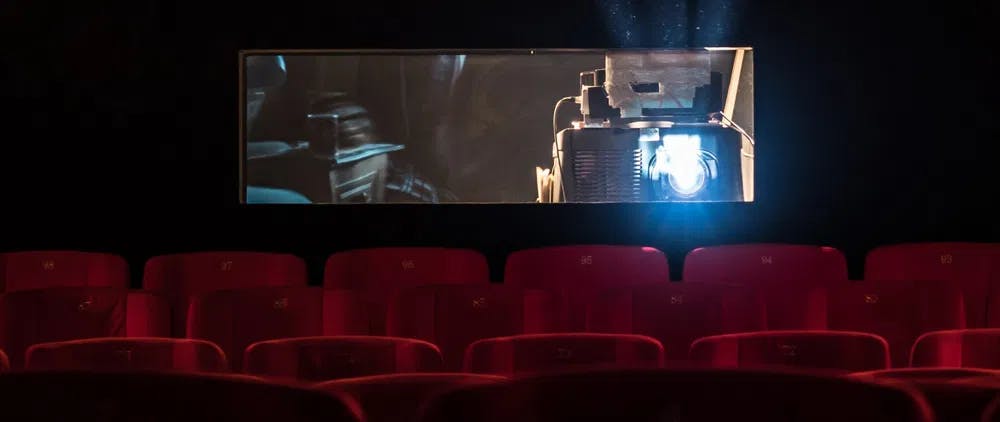
It’s such an attractive model that studios are hedging their bets, developing their own branded streamers. For exhibitors, the shrinking distribution window is the last door keeping the wolves outside the art house.
Jenkins goes on to decry how streaming services changed the film production ecosystem: “All of the films that streaming services are putting out, I’m sorry, they look like fake movies to me. I don’t hear about them. I don’t read about them. It’s not working as a model for establishing legendary greatness”.
I don’t resent anybody’s fun, but I saw Wonder Woman 1984, and ‘legendary greatness’ is not a term I’d associate with it. And for the record, I did enjoy the previous outing of the DC Comics character. Jenkins and Villeneuve belong to an elite group of filmmakers in the film production ecosystem who still manage to helm feature films destined primarily for the big screen. That is, IP-related products, full of special effects and action sequences, with plot strands that may expand through the span of many films. Understandably, they close ranks with the theatrical exhibition industry, their perspective skewed by their position in the Hollywood and film production food chain.
Who Is Paying the Bill for Film Production?
For one thing, the streaming bonanza is allowing great filmmakers to keep working, just as studios closed the doors to them. In the current climate, everybody wants to be Marvel. Bear in mind that Martin Scorsese took The Irishman to Netflix after Hollywood balked at footing the bill for the project. Scorsese, a true champion of cinema and film production, negotiated a theatrical run before its debut on the streaming platform. Full disclosure: I saw it in an actual movie theatre because I was lucky enough to be in a big city with an art house multi-screen that happened to book the movie. He is currently shooting Killers of the Flower Moon, a long-gestating project that no studio would touch. Apple+ is footing the bill.
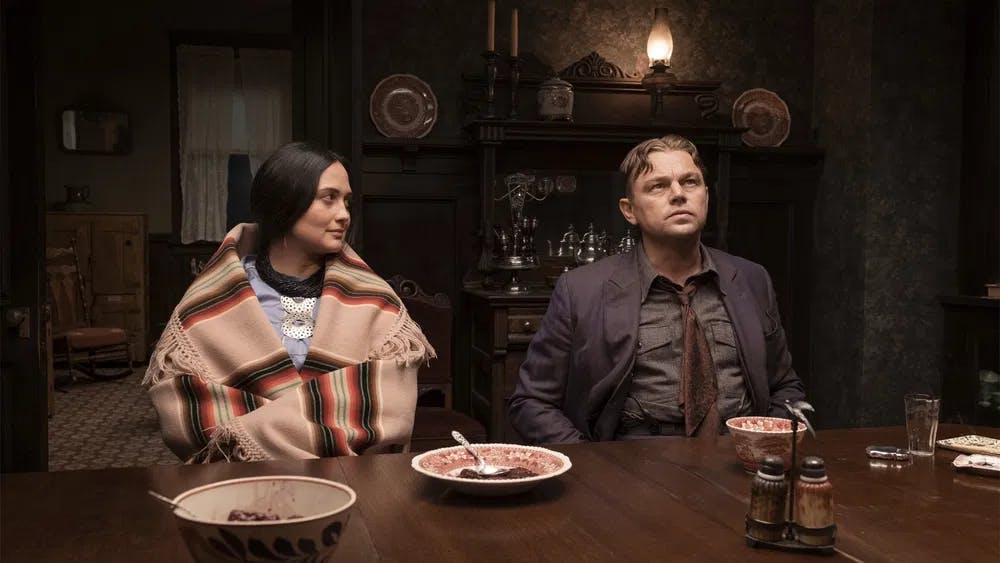
Lily Gladstone and Leonardo Dicaprio in Martin Scorsese's "Killers of the Flower Moon" / Photo courtesy of AppleTV+
I think the “fake movie” dismissal speaks of Hollywood’s diminishing role when it comes to defining the cultural zeitgeist. Streamers are not alone in encroaching in this realm. Tik Tok and Instagram consume the new generation. Video games make weekend warriors out of everymen, and it’s a small feat to take grandma away from Facebook. Public discourse around cultural products has a shorter life cycle. It swiftly plays out through social media, the virtual water cooler of our times.
Jenkins took his fellow panelists to task for limiting choices for audiences. A single movie gobbles up many screens in every theatre, and the same few titles play all over town. Look at the marquee of your local multiplex. It seems like summer lasts forever. Where do people go for more challenging entertainment, and watch indie movies? Well, to streaming platforms. This year, four out of five films nominated for Best Foreign Language Film were available on Hulu when the Academy announced them. The eventual winner, Denmark’s Another Round got there a few weeks later. Only larger cities saw its theatrical run.
The Biggest Threat to Theatres’s Economic Survival
A handful of directors privileged enough to work with the major studios might decry that audiences have the choice to watch their films in less-than-ideal conditions. But studios put out fewer movies now, which limits the scope of that particular problem. There is a place for everyone on streaming platforms. The biggest threat to theatres’ economic survival is the sheer volume of content streamers put out there. There is so much to see and so little free time. Would you spend a small fortune to take your wife and two kids to a movie or binge a series at home over the weekend? We know how you’ll get more bang for your buck.
In the long run, this is going to affect behavior and tradition. If movie theatres are still viable as a business, it’s because enough people grew up going to the movies, the art house, making a habit out of it. Those kids not seeing FF9 at their local cineplex now will not see the big screen as the default, prime outlet for film in the future. When our generation dies out, we might take moviegoing with us.
But we are still here. We all love the big-screen experience. It’s unbeatable when it comes to immersive qualities. We are still going to the movies, even if our seatmates text away on cell phones lit like flashlights. The projection is subpar because nobody bothered to take the 3D lens off the projector, and the skeleton crew in charge of keeping the multiplex running can barely manage to clean the auditorium between screenings.
Want to get an email when we publish new content?
Subscribe today